Debt to Equity Ratio Analysis: Firm A vs. Competitors
VerifiedAdded on 2022/08/27
|5
|723
|18
Report
AI Summary
This report provides a comprehensive analysis of the debt to equity ratio, a crucial financial metric used to assess a company's financial leverage and risk. The analysis begins with an overview of the debt to equity ratio, explaining its significance in comparing short-term and long-term debt against shareholder equity. The report calculates the debt to equity ratios for Firm A and several other firms. The study compares Firm A's ratio with those of Toyota and General Motors, offering insights into their respective financing strategies. The interpretation section discusses the implications of different debt to equity ratios across various industries and provides a comparative analysis of the firms. The report concludes with recommendations for Firm A, emphasizing the need to manage its debt levels to maintain financial stability and competitiveness. The references include several academic sources that support the analysis and findings.
1 out of 5
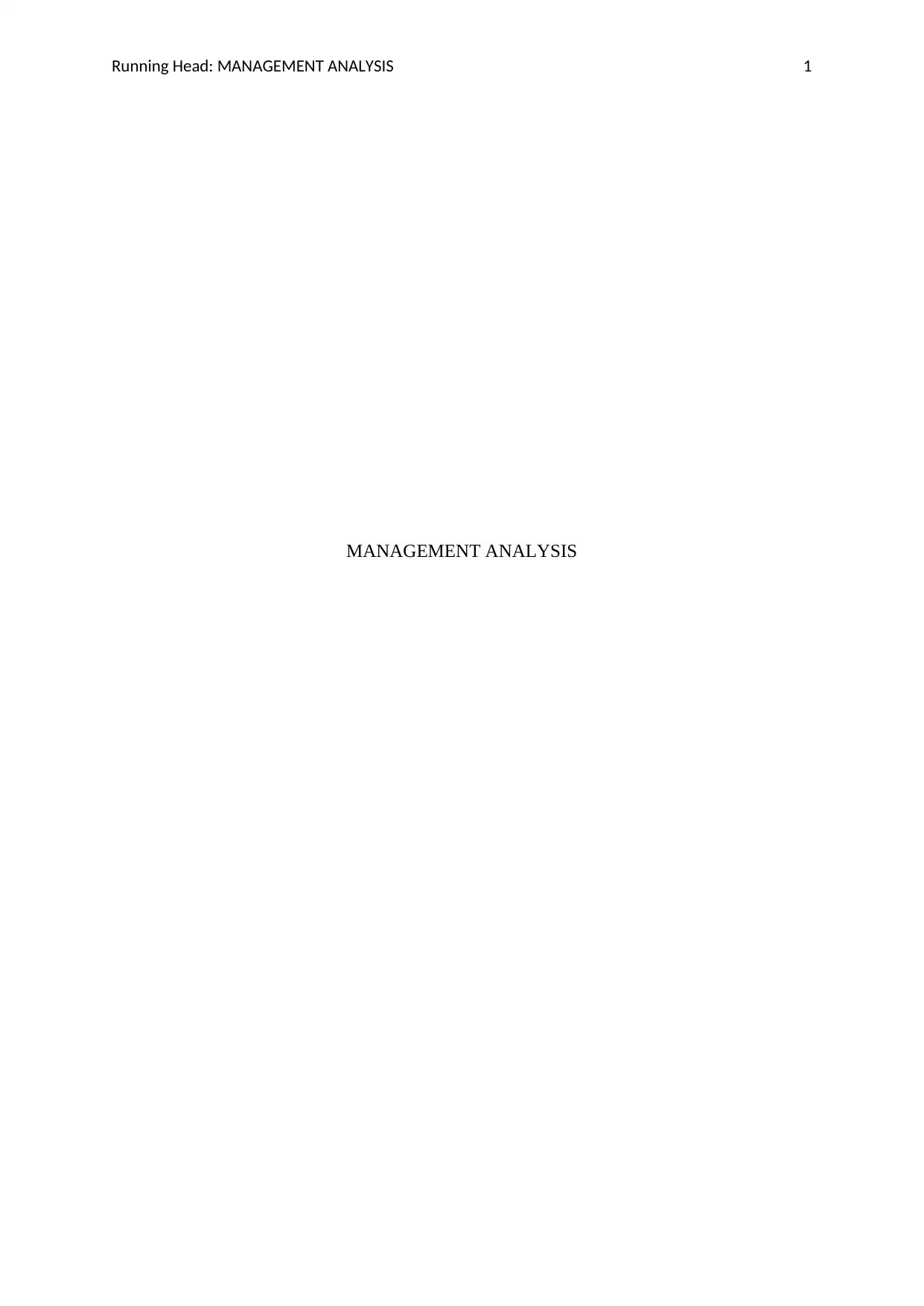
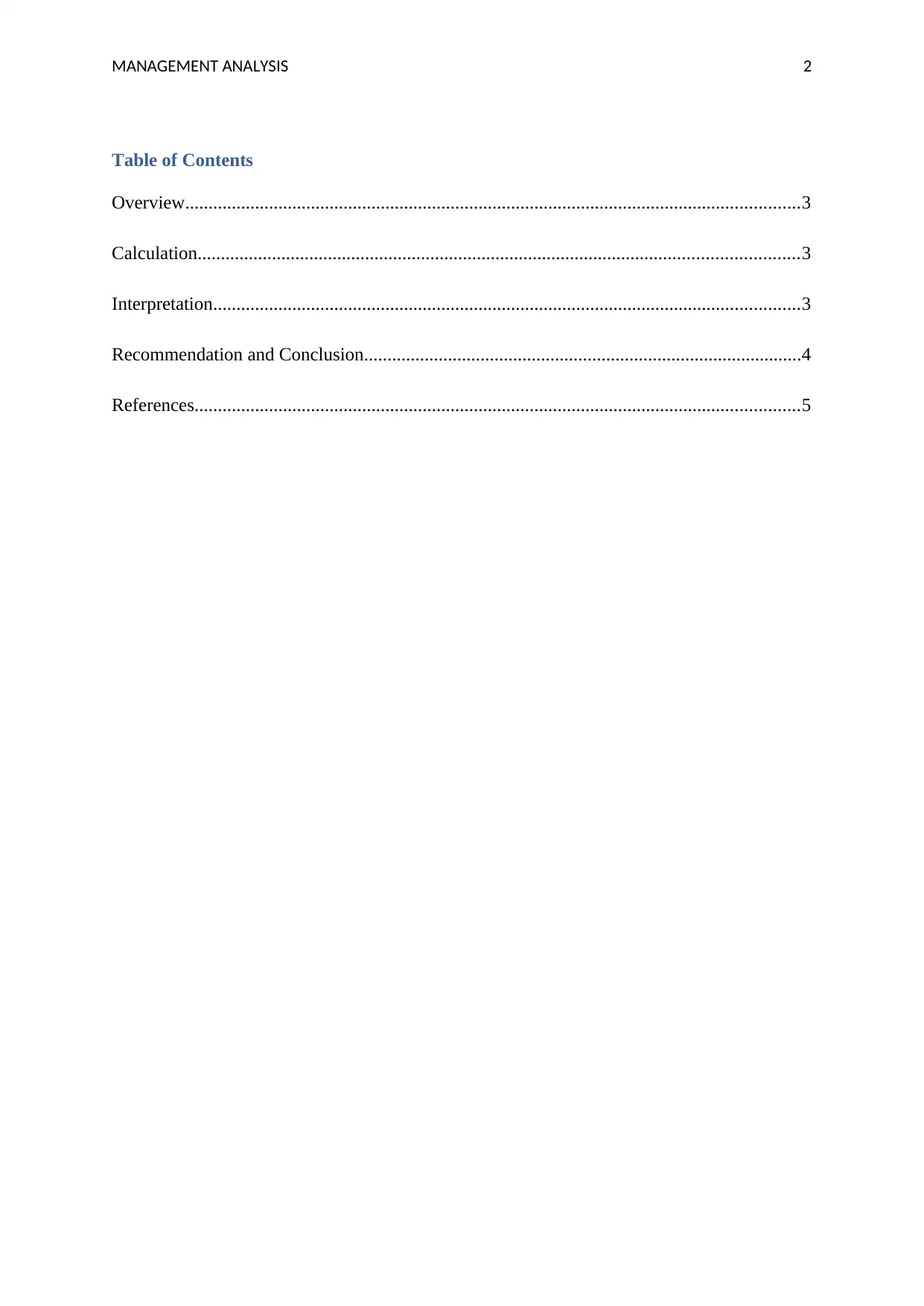
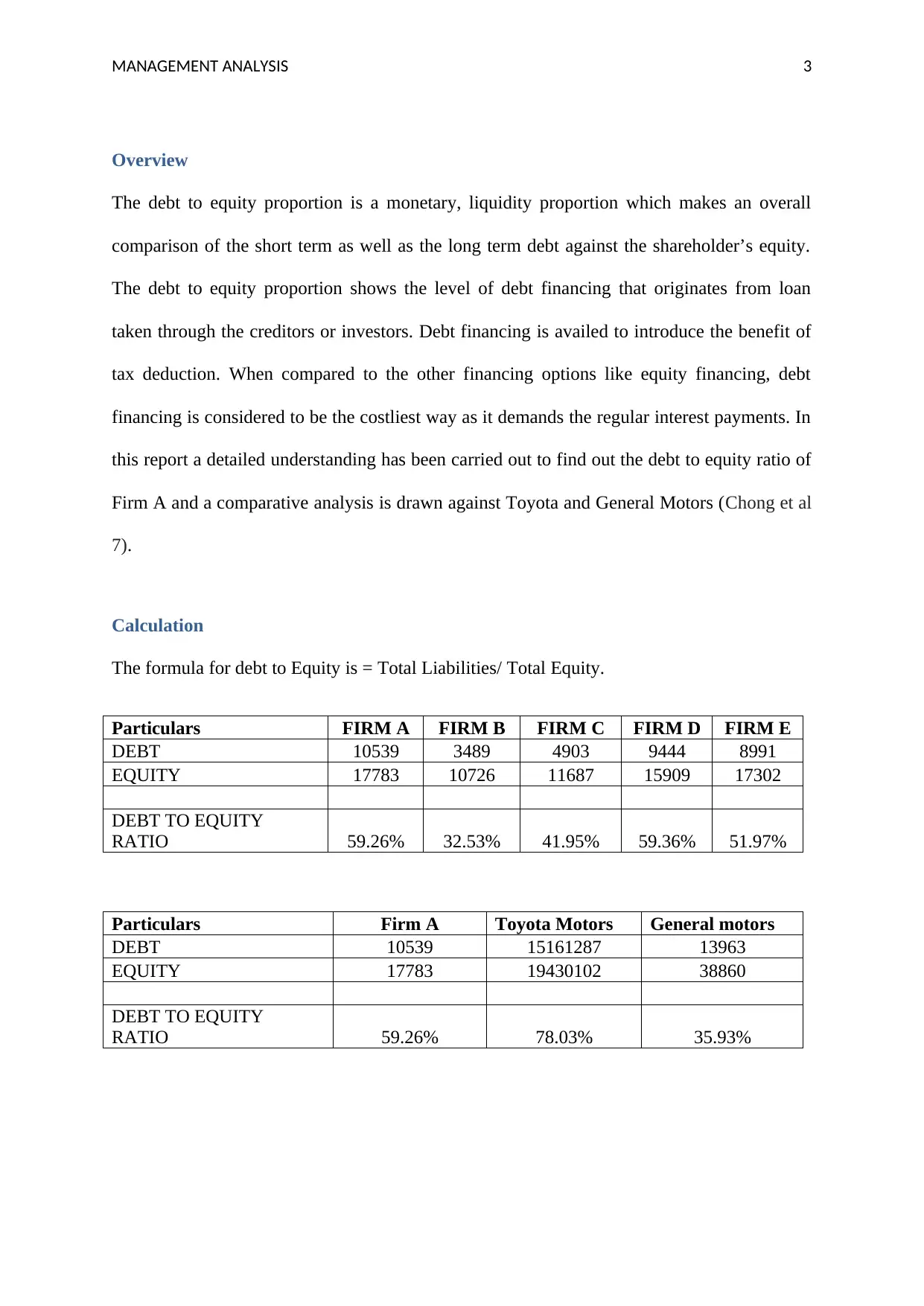

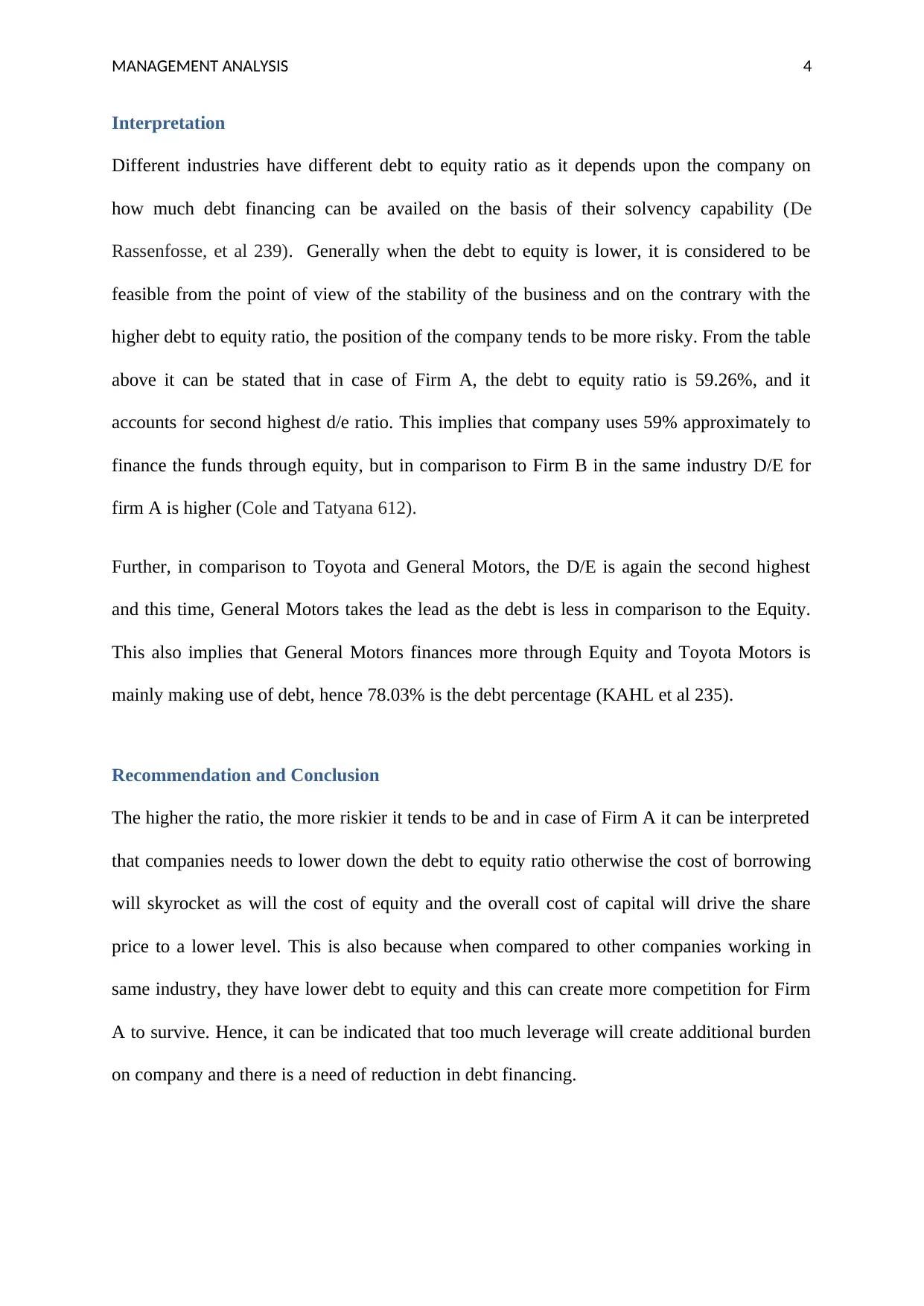
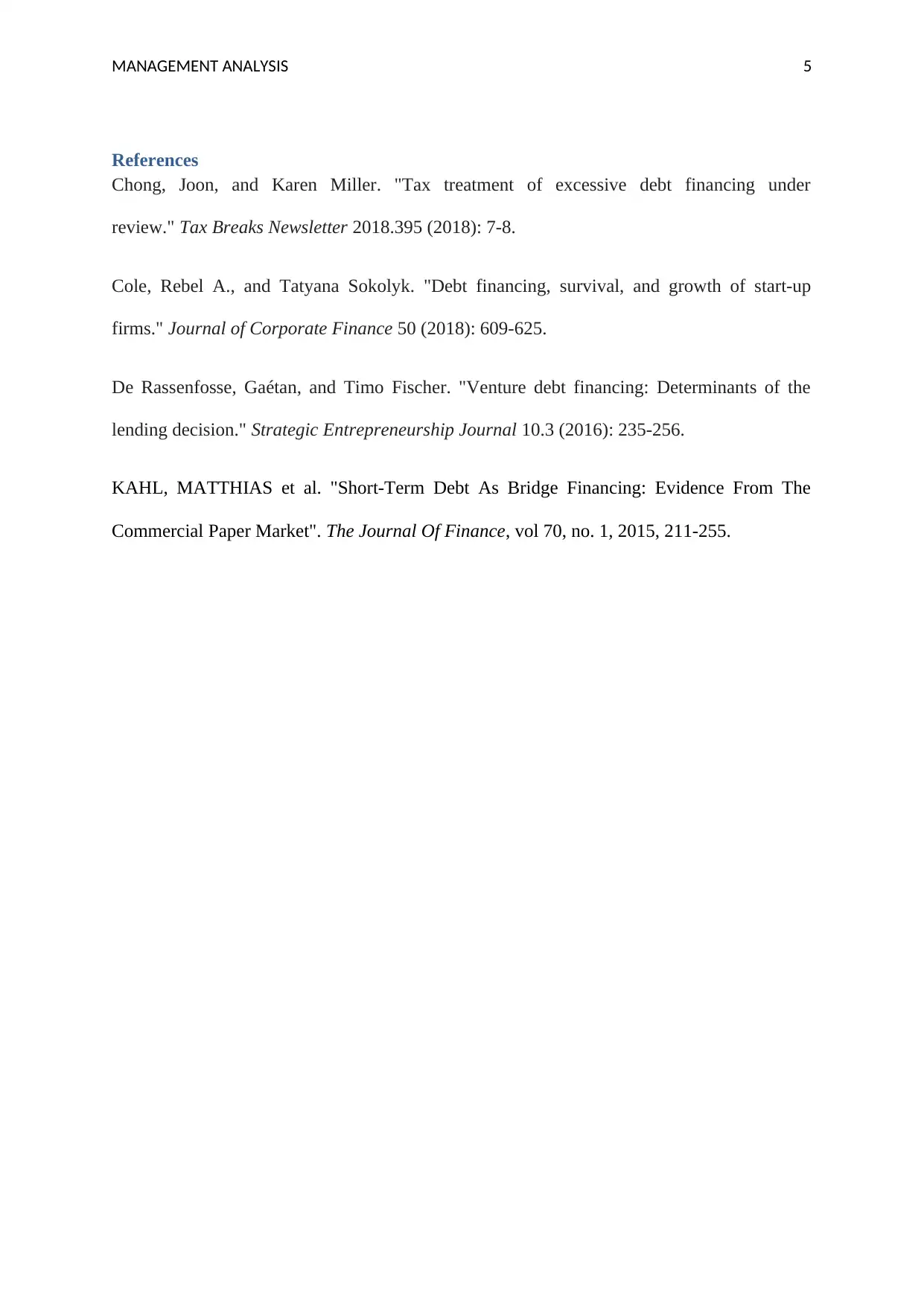






![[object Object]](/_next/static/media/star-bottom.7253800d.svg)